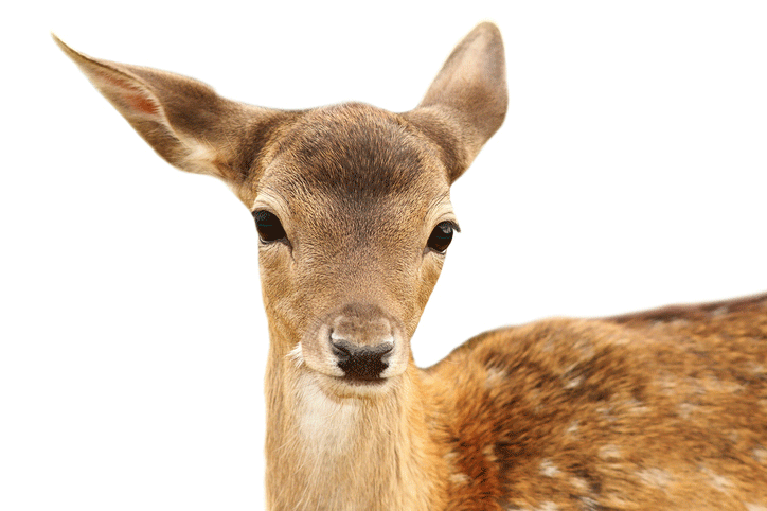DEER

Physical Characteristics: White-tailed deer are one of the most easily recognized wildlife species in New Jersey and are physically the smallest members in the North American deer family. Adult white-tail deer have reddish-brown coats in summer which tend to fade to a grayish-brown during the winter. Male deer, called bucks, are easily determined by a set of antlers atop their heads.
Diet: Deer are mostly nocturnal grazers and aren’t too picky about the types of plants they feed on. White-tailed deer feed mainly on grass, nuts, soft twigs, fruit, corn and certain types of fungi.
Breeding: A female deer called a doe, has a gestational period of approximately 7 months and generally has one or two fawns at a time. The fawning process occurs annually between the months of May & June.
Habitat: Deer prefer to live in wooded areas where shelter from cold and predators are readily available. New Jersey has more white tailed deer per square mile than any other state in North America. Due to the overabundance of deer they often serve as hosts for a variety of tick species, including the deer tick that is associated with Lyme Disease. Deer in our area are most active during hunting season when they are being pursued. Although deer are pleasant and seemingly harmless, they can cause serious damage to vehicles, landscapes, gardens, lawns and homes while feeding or running.
Inspections: The first thing to do in wildlife control is a proper inspection. Our qualified technicians will do a visual inspection to confirm that deer are entering your property.
Exclusion: Humane deterrent measures will be taken to prevent and control deer from returning to your property.

